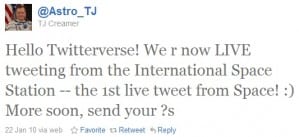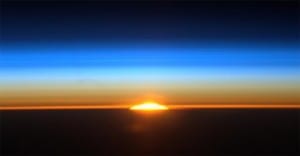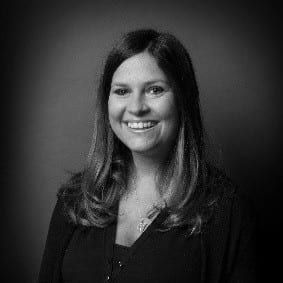As someone who has worked in the world of mobility PR for a long time, I came to SXSW Interactive last week excited to learn about the next big thing. After all, successful companies like Twitter and Foursquare were launched there to great fanfare, and the most prominent movers and shakers of Silicon Valley converge annually upon my hometown – the great city of Austin, TX – for five, serendipitous days. You never know when you might sit down next to Twitter founder and Square CEO Jack Dorsey at a panel, or stand in line for coffee behind Instagram founder Kevin Systrom. For techies, it’s a surreal experience not unlike what Super Hero fans experience at Comicom.
While there was no shortage of companies announcing news at the conference, there just wasn’t a lot of buzz about that one new “next big thing” this year. There also weren’t many trends stemming from the conference, unlike years past when specific trends – such as location-based apps – stood out above the rest.
Surprisingly, what inspired me most at SXSW Interactive occurred on a rainy afternoon while listening to NASA representatives talk about how the organization is “Sharing Space” through its out-of-this world innovation in social media. Their story is quite impressive. With 3.7 million Twitter followers and 1.8 million Facebook likes, NASA maintains the largest social media presence of any government agency. They have embraced the use of social media, engaging new, global audiences and giving people behind-the-scenes access to areas rarely seen by the public.
 The stars began aligning for them in 2010, when Astronaut T.J. Creamer posted the first live tweet from space: “Hello Twitterverse! We r now LIVE tweeting from the International Space Station – the 1st live tweet from Space! : ) More soon, send your ?s.”
The stars began aligning for them in 2010, when Astronaut T.J. Creamer posted the first live tweet from space: “Hello Twitterverse! We r now LIVE tweeting from the International Space Station – the 1st live tweet from Space! : ) More soon, send your ?s.”
Below are some other NASA social media “firsts” here on Earth:
- 2010: Astronaut Doug Wheelock made first Foursquare check-in from the International Space Station and received the NASA Explorer Badge
- 2011: First U.S. government agency on Google+
- 2012: First organization to provide its fans with “social media credentials,” providing media accreditation to some Twitter followers by allowing them to participate in select agency news conferences and media events.
- 2013: NASA now has 47 tweeting astronauts and just held its first Google Hangout from space.
The most interesting part of the panel though was hearing from Astronaut Ron Garan (@astro_ron), who spent half of 2011 living in an International space station. As much as his job there entailed science and a large variety of experiments, he said it was just as much his duty, his obligation and his privilege to share his “orbital perspective” with the people back home on our planet. He posted extraordinary photos through social media channels, asking followers around the globe to identify country boundaries and landmarks that he couldn’t pinpoint from orbit.
Then he said the most profound words I heard at the entire conference: “We all have our own orbital perspective.”
 His comment was a terrific reminder that even though we may not have the same ethereal view as @astro_ron, we all have our own unique and valuable vantage points that provide a perspective that no one else besides us can have. Our individual perspectives as well as our company’s perspectives are based on failures and successes that shape who we are and got us to where we are today. The ability for people to share their unique and authentic voices with millions of others is a powerful invention –one that incredibly may eclipse the iconic, culture-changing inventions of the 20th Century like television, telephone and the cell phone.
His comment was a terrific reminder that even though we may not have the same ethereal view as @astro_ron, we all have our own unique and valuable vantage points that provide a perspective that no one else besides us can have. Our individual perspectives as well as our company’s perspectives are based on failures and successes that shape who we are and got us to where we are today. The ability for people to share their unique and authentic voices with millions of others is a powerful invention –one that incredibly may eclipse the iconic, culture-changing inventions of the 20th Century like television, telephone and the cell phone.
Spending time with the most socially connected crowd in the country this week reminded me that whether we are individuals or marketing departments, small businesses or large, we are each privileged to share our orbital perspectives. The world is a better place when we all weigh in with thoughts and ideas unique to our experience.



